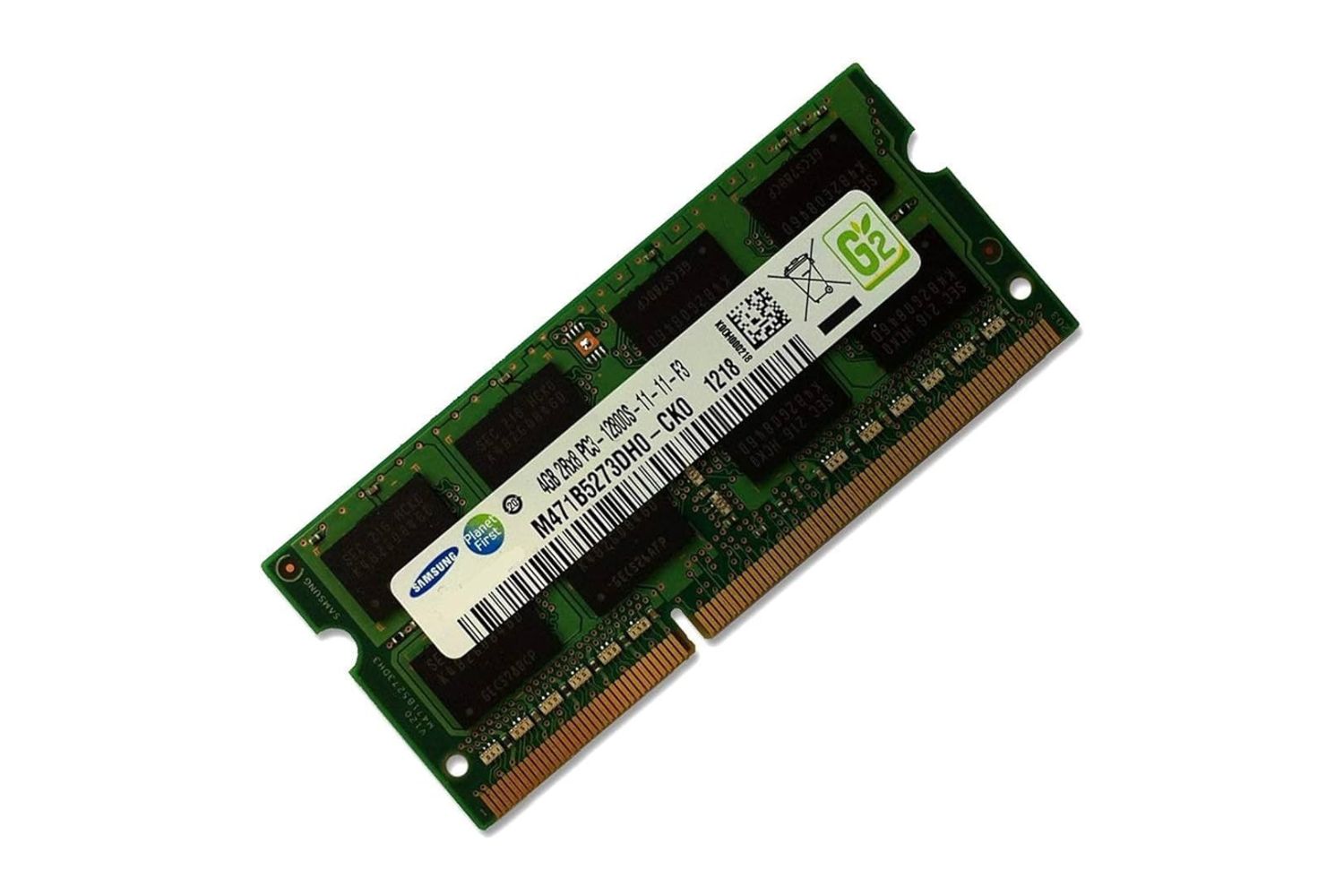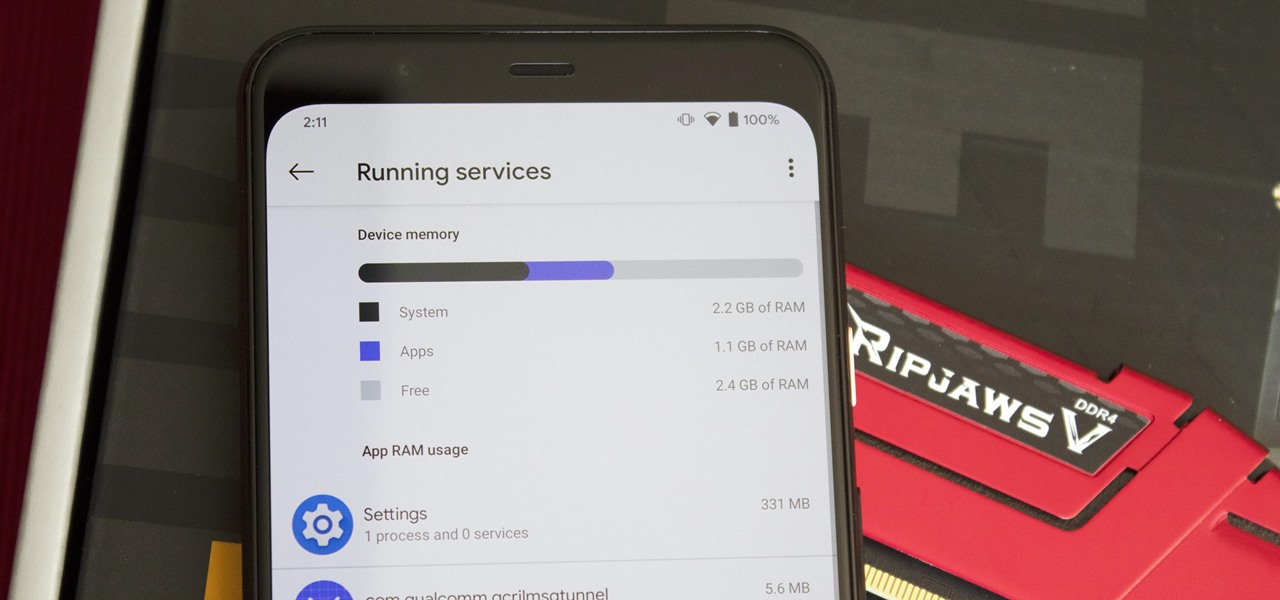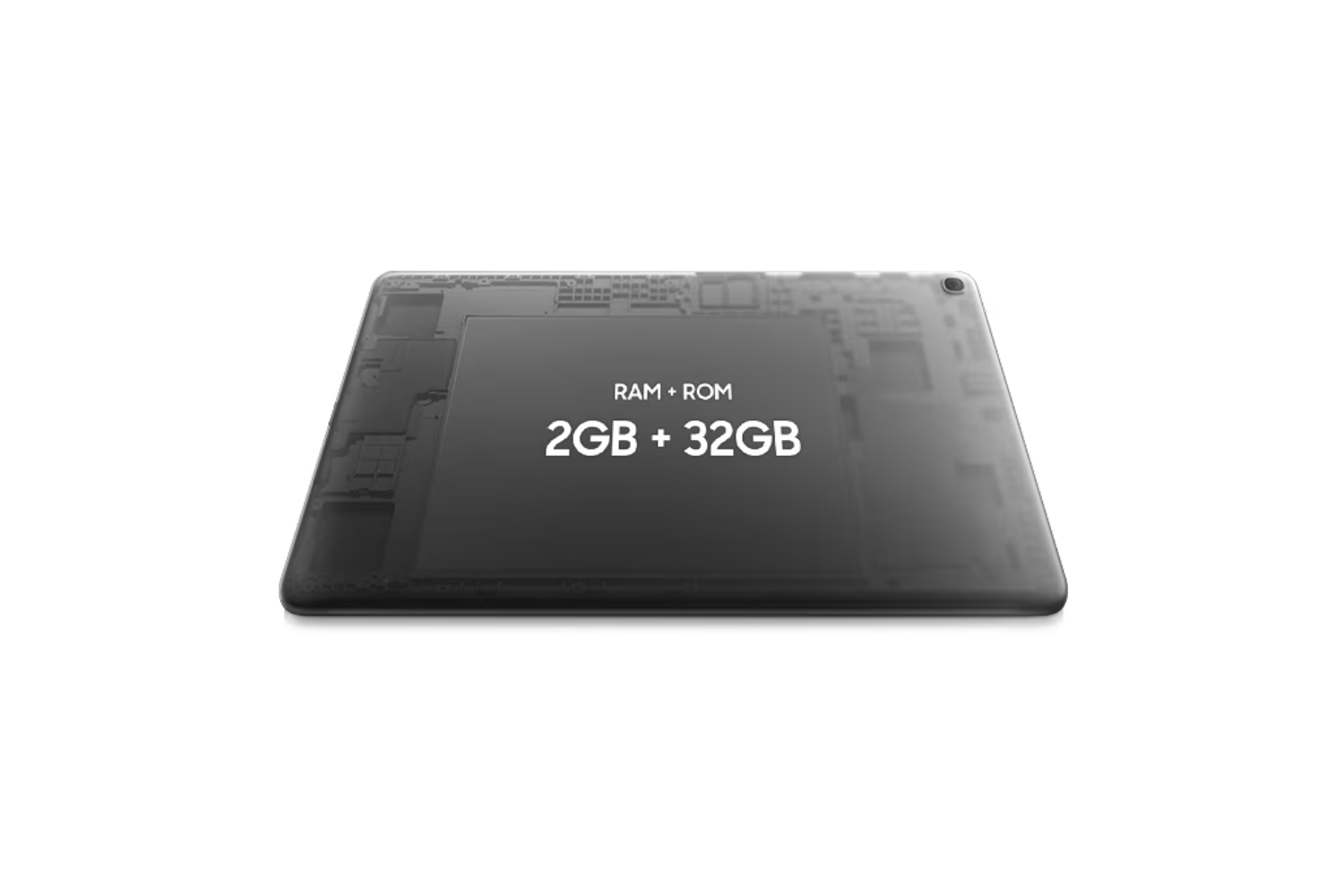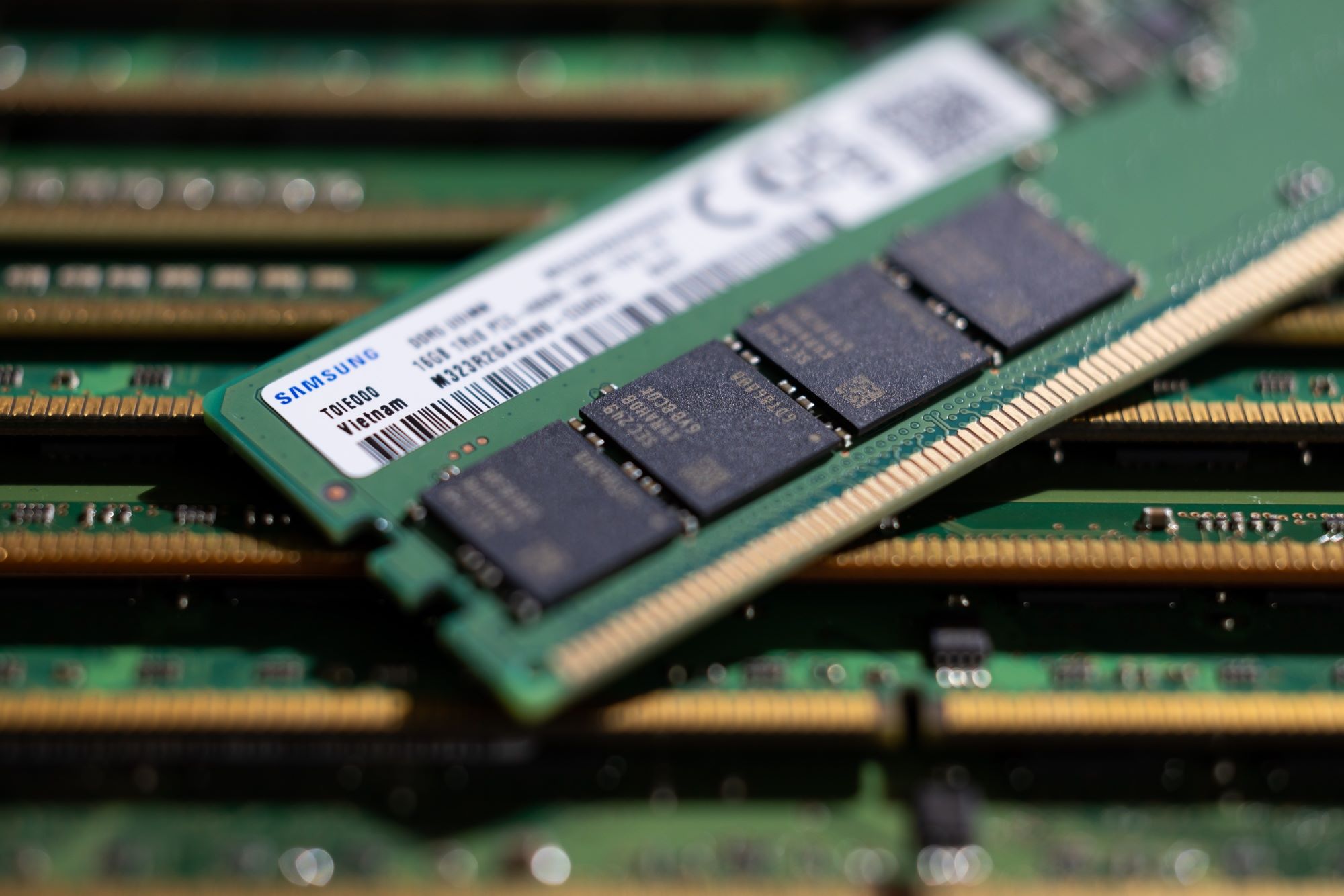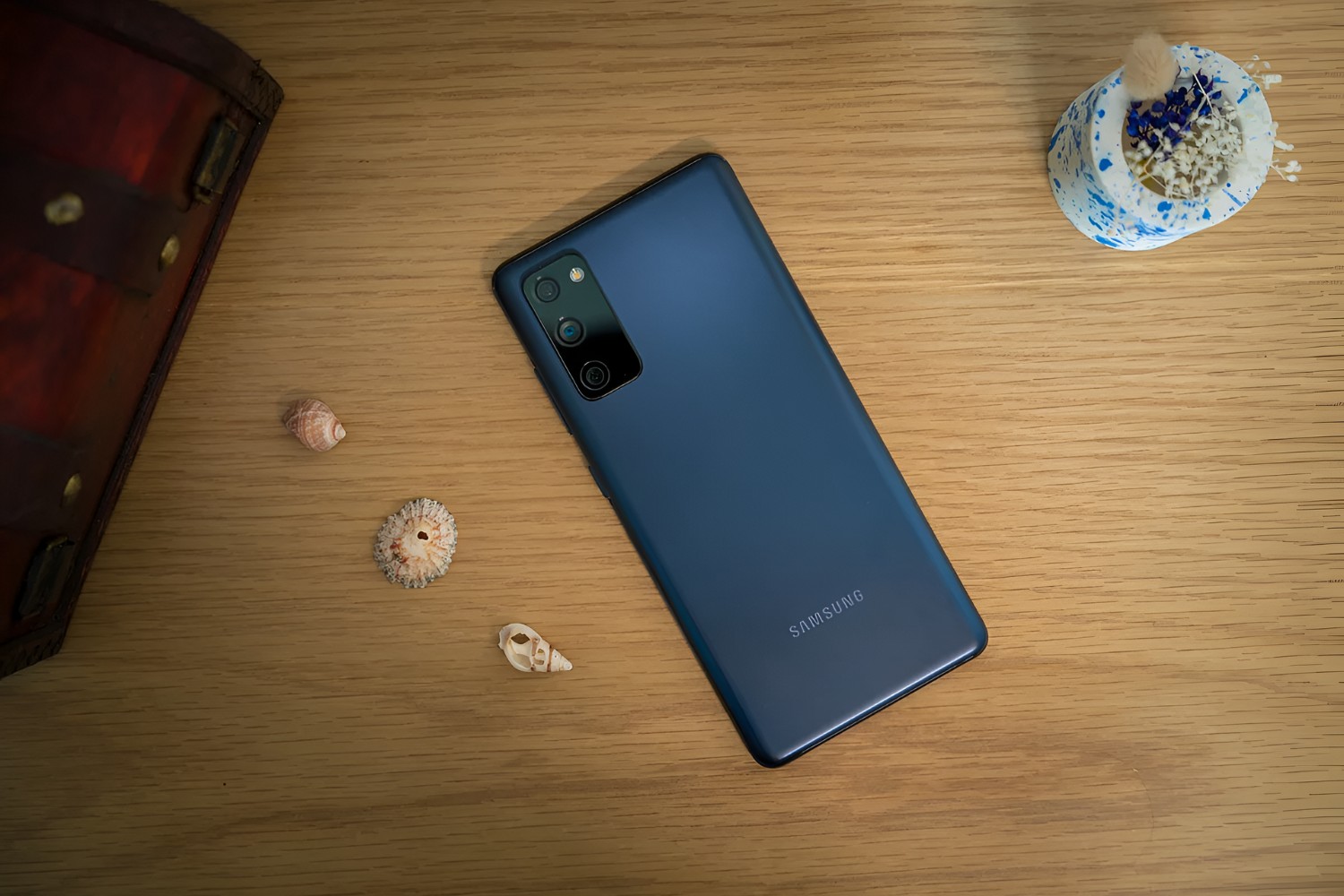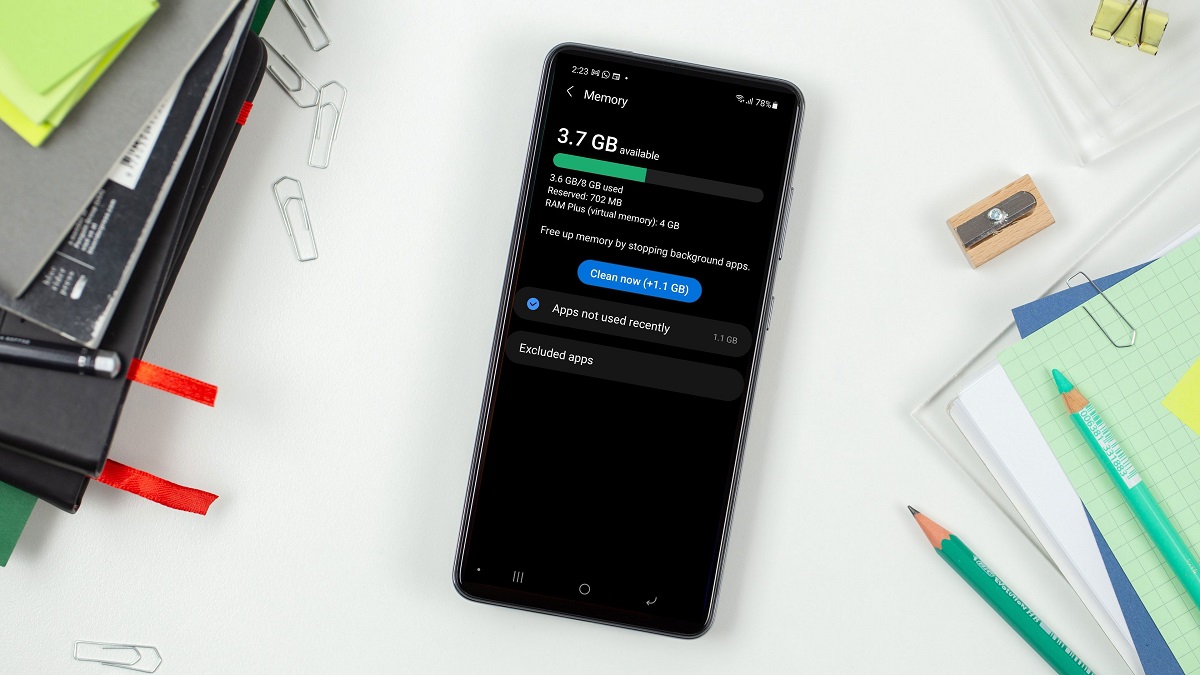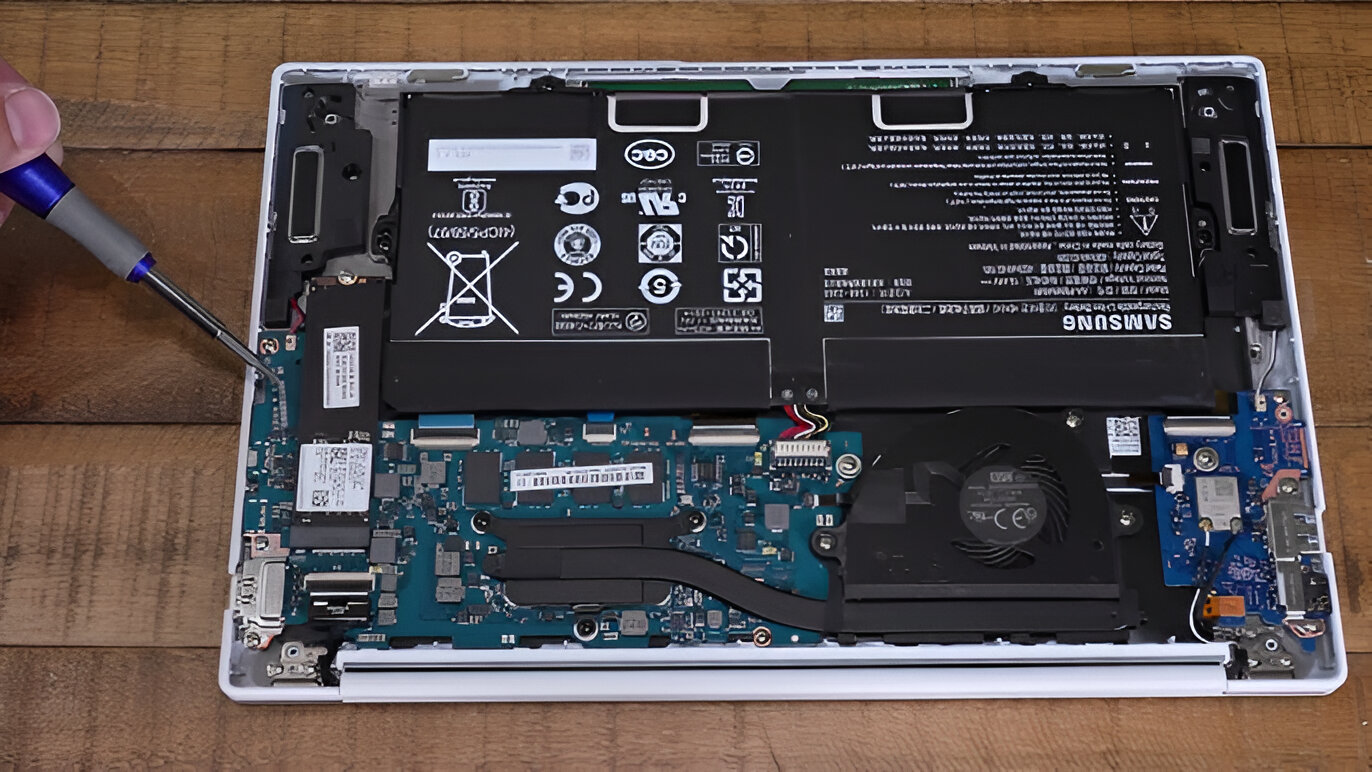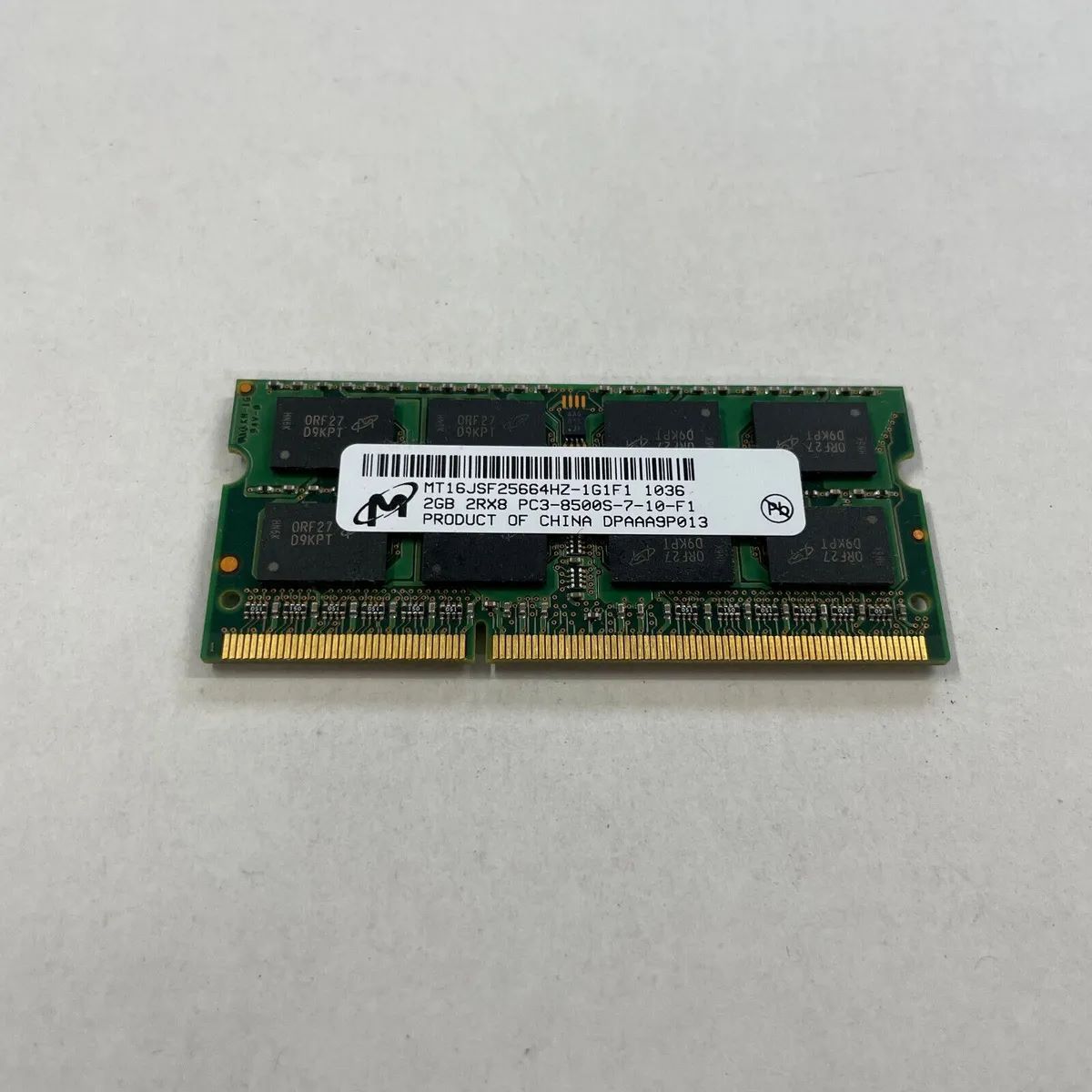Introduction
Welcome to this guide on how to check the RAM in your Samsung device. RAM, or Random Access Memory, is a crucial component of any device as it determines the device’s multitasking capabilities and overall performance. Being able to check your device’s RAM is essential for troubleshooting issues, optimizing performance, and understanding your device’s hardware specifications.
In this article, we will explore various methods that will help you check the RAM in your Samsung device. Whether you’re using a Samsung smartphone, tablet, or any other Samsung device, these methods will be applicable to most models.
Checking your device’s RAM can be helpful in several situations. For instance, if your device is running slow or experiencing frequent crashes or freezing, checking the RAM can help identify if low memory is the cause of the problem. Additionally, if you’re planning to install memory-intensive applications or games, it’s essential to know the RAM capacity of your device and how much is available for use.
Now, let’s dive into the different methods you can use to check the RAM in your Samsung device.
Method 1: Checking RAM through System Settings
One of the easiest ways to check the RAM on your Samsung device is through the system settings. Here’s how you can do it:
- Open the Settings app on your Samsung device. You can find the Settings app in your app drawer or by swiping down from the top of the screen and tapping the gear icon.
- Scroll down and tap on the “About phone” or “About device” option. The name may vary slightly depending on your Samsung device model.
- In the “About phone” or “About device” section, look for the “Memory” or “RAM” option. Tap on it to view more details.
- On the next screen, you’ll see information about your device’s RAM, including the total RAM capacity and the amount of RAM currently in use.
This method provides a quick and straightforward way to check your Samsung device’s RAM. You can also find additional information about your device’s software version, storage capacity, and other technical details in the same settings menu.
It’s worth noting that the exact steps and naming conventions may vary slightly depending on your device’s model and software version. If you’re unable to find the RAM information through the system settings, don’t worry. There are alternative methods that you can try, which we will cover in the following sections.
Method 2: Using a Third-Party App
If you prefer a more detailed analysis of your Samsung device’s RAM, you can use third-party apps specifically designed for monitoring hardware information. Here’s how you can check your device’s RAM using a third-party app:
- Go to the Google Play Store on your Samsung device and search for “RAM monitoring apps.” There are several options available, so choose one that has good reviews and ratings.
- Once you have installed the app, open it on your device. The app will provide you with real-time information about your device’s RAM usage.
- You’ll be able to see the total RAM capacity, the amount of RAM in use, and the amount of free RAM available. Some apps even provide additional features like RAM optimization and memory cleanup.
- Explore the app’s settings and options to customize the display and notifications according to your preferences. You may also find additional information about your device’s CPU, battery, and other hardware details within the app.
Using a third-party app for monitoring RAM can be beneficial if you’re interested in a more comprehensive analysis of your device’s performance. It can give you insights into how your device utilizes RAM and help identify any potential memory management issues.
Keep in mind that third-party apps may vary in terms of interface, features, and accuracy of information. It’s recommended to choose apps from trusted developers with positive user reviews to ensure a reliable experience.
Now that you know how to check your device’s RAM using a third-party app, let’s explore another method in the next section.
Method 3: Accessing RAM Information via Developer Options
If you’re comfortable with accessing developer options on your Samsung device, you can use this method to check your RAM. Here’s how:
- Open the Settings app on your Samsung device.
- Scroll down and tap on the “About phone” or “About device” option.
- Look for the “Build number” or “Build version” option and tap on it multiple times quickly. After a few taps, you’ll see a notification that says, “You are now a developer!” This enables the developer options on your device.
- Now go back to the main settings screen and look for the newly added “Developer options” or “Developer settings” menu.
- Tap on the “Developer options” menu and scroll down until you find the “Memory” or “Memory usage” option.
- Tap on “Memory” to view detailed information about your device’s RAM usage. You’ll see the total memory, available memory, and other related details.
Accessing RAM information via developer options provides you with a more in-depth view of your device’s memory usage. It can be useful if you’re interested in monitoring how different applications affect your RAM or if you want to diagnose any memory-related issues.
Developer options offer various settings and features that are intended for advanced users and developers. If you’re not familiar with the developer options, it’s essential to be cautious and avoid modifying any other settings that you’re not familiar with, as it can affect the performance or stability of your device.
Now that you know how to access RAM information via developer options, let’s proceed to the next method.
Method 4: Checking RAM Using a Diagnostic Code
If you prefer a quick and straightforward method to check the RAM on your Samsung device, you can use a diagnostic code. Here’s how:
- Open the Phone app on your Samsung device.
- Dial the following code: *#*#3264#*#*
- You’ll be directed to the RAM test menu, where you can view detailed information about your device’s RAM.
- In the RAM test menu, you’ll see the total RAM capacity, the current RAM usage, and other relevant details.
Using a diagnostic code allows you to quickly access RAM information without installing any additional apps or going through multiple settings menus.
Keep in mind that diagnostic codes may vary depending on your device’s model and software version. It’s always a good idea to double-check the code for your specific Samsung device model before proceeding.
This method provides you with a simple and efficient way to check your Samsung device’s RAM without the need for third-party apps or developer options. However, it’s worth noting that diagnostic codes are intended for troubleshooting and diagnostic purposes, so use them responsibly.
With that, we have covered four methods to check the RAM on your Samsung device. Choose the method that suits you best and start monitoring your device’s RAM for better performance and troubleshooting.
Conclusion
Checking the RAM on your Samsung device is essential for understanding its performance capabilities, troubleshooting issues, and optimizing its functionality. In this guide, we explored four different methods to help you check the RAM on your Samsung device.
Firstly, you can check the RAM through the system settings by navigating to the “About phone” or “About device” section. This method provides a quick and straightforward way to view your device’s RAM capacity and usage.
Secondly, using a third-party app designed for monitoring hardware information can provide a more detailed analysis of your device’s RAM, along with real-time monitoring and additional features.
For those comfortable with accessing developer options, the third method allows you to view RAM information via the “Memory” option in the developer settings.
Lastly, a quick and easy way to check the RAM is by using a diagnostic code. Dialing the specific code brings up a RAM test menu with information about your device’s RAM status.
Remember, the steps and options may vary depending on your specific Samsung device model and software version. It’s always recommended to double-check the instructions or consult the user manual for your device, if needed.
By checking your Samsung device’s RAM, you can gain insights into its performance, make informed decisions about installing memory-intensive applications, and address any memory-related issues that may impact its functionality.
Now that you are equipped with these methods, you can easily check the RAM on your Samsung device. Take advantage of this knowledge to ensure your device operates at its optimal level and provides a smooth and efficient user experience.







